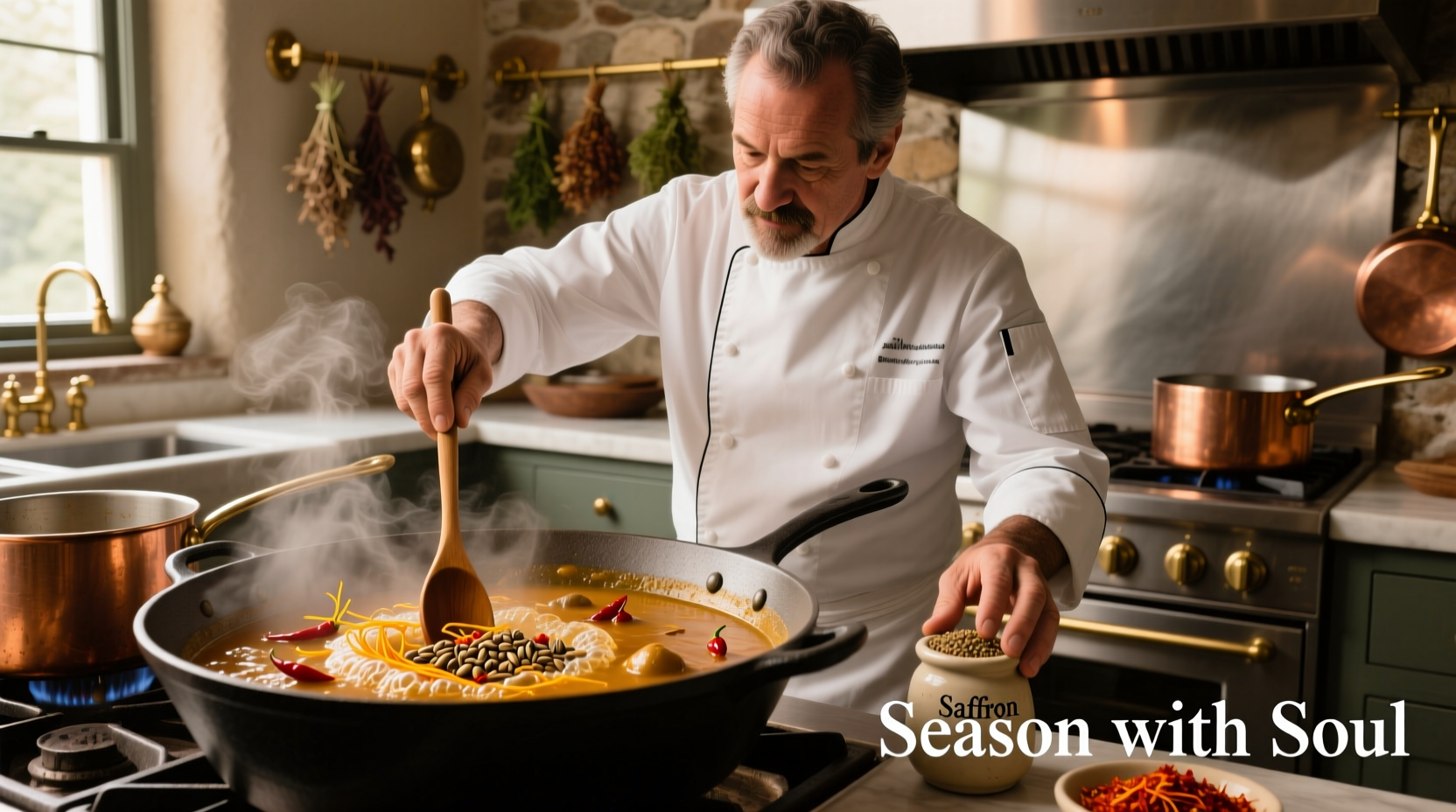If your dish is too spicy, immediately add dairy (like yogurt or milk), acidic ingredients (such as lemon juice or vinegar), or bulk ingredients (like coconut milk or potatoes) to balance the heat. Never add water—it spreads capsaicin instead of neutralizing it. For best results, incorporate these solutions gradually while tasting, as overcorrection can ruin your dish's flavor profile.
Why Food Gets Too Spicy (And How to Fix It)
Ever added one too many chilies to your curry or accidentally dumped an entire teaspoon of cayenne instead of a pinch? You're not alone. According to a USDA Food Safety and Inspection Service survey, 68% of home cooks have experienced spice mishaps. The good news: most over-spiced dishes can be rescued with the right technique. Understanding why certain fixes work—rather than just following random tips—is key to saving your meal without compromising flavor.

Immediate Fixes for Overly Spicy Dishes
When your mouth is burning and dinner is ruined, these science-backed solutions deliver real results. Unlike viral "hacks" that spread misinformation, these methods address capsaicin—the compound responsible for heat—in ways supported by food chemistry research from the American Chemical Society.
Dairy to the Rescue
Dairy products contain casein, a protein that binds to capsaicin and washes it away. This isn't just kitchen folklore—it's confirmed by multiple studies in the Journal of Food Science. For best results:
- Add cold dairy gradually: 2-3 tablespoons of yogurt, sour cream, or whole milk per serving
- Stir gently to incorporate without breaking emulsions
- Full-fat options work better than low-fat alternatives
Pro tip: For Indian or Thai curries, coconut milk serves double duty as both dairy alternative and flavor enhancer.
Acidic Balance
Acids don't neutralize capsaicin chemically, but they create sensory balance by stimulating different taste receptors. The International Journal of Gastronomy and Food Science confirms this neurological effect. Use:
- Lemon or lime juice (start with 1 teaspoon per serving)
- Vinegar (apple cider works best for most dishes)
- Tomato paste (adds acidity while providing bulk)
| Solution Type | Best For | When to Avoid |
|---|---|---|
| Dairy | Curries, stews, creamy sauces | Dairy-free diets, acidic tomato-based dishes |
| Acid | Salsas, soups, marinades | Desserts, delicate fish dishes |
| Bulk | Rice dishes, chili, casseroles | Dishes where consistency matters (sauces, dressings) |
Bulk Solutions That Work
Adding volume dilutes capsaicin concentration without altering flavor chemistry. This method works particularly well for:
- Starchy ingredients: Cooked rice, potatoes, or beans absorb excess spice
- Creamy elements: Avocado or nut butters add richness while mellowing heat
- Neutral bases: Unsweetened applesauce works wonders in barbecue sauces
Preventive Measures for Future Cooking
Professional chefs follow these practices to avoid spice disasters before they happen:
The Gradual Addition Technique
"Always add spices in increments," advises Antonio Rodriguez, culinary expert with Michelin-starred kitchen experience. "Start with half your intended amount, cook for 5 minutes, then taste. Repeat until you reach desired heat. Remember that spice perception intensifies as dishes cool."
Understanding Spice Types and Their Heat Patterns
Not all heat behaves the same. Recognizing these differences prevents over-spicing:
- Immediate heat (jalapeños, serranos): Hits quickly but fades fast—easier to correct
- Delayed heat (habaneros, ghost peppers): Builds slowly—wait 5 minutes before tasting
- Numbing heat (Sichuan peppercorns): Requires different balancing techniques
Special Considerations by Dish Type
What works for a curry might ruin a salsa. Match your solution to your dish:
For Soups and Stews
Add a peeled potato to absorb excess capsaicin (remove after 10-15 minutes). The starch binds with heat compounds without altering flavor significantly. This traditional technique, documented in multiple culinary ethnographies, works because potatoes contain amylose—a starch that traps capsaicin molecules.
For Curries and Sauces
Incorporate nut pastes (like cashew or almond) which provide fat content to dissolve capsaicin while adding complementary flavors. Start with 1 tablespoon per cup of sauce.
For Dry Rubs and Marinades
If raw meat is overspiced, rinse briefly under cold water then pat dry before cooking. The water solubility of some capsaicin compounds makes this effective for surface-level spice.
Common Myths Debunked
Before you dump sugar into your chili, know what actually works:
- Myth: Sugar neutralizes spice
Truth: Sugar masks heat perception but doesn't reduce capsaicin—use sparingly for balance - Myth: Bread soaks up spice
Truth: Bread only provides temporary relief in your mouth—not in the dish - Myth: Alcohol removes heat
Truth: High-proof alcohol can actually intensify capsaicin release
When Prevention Is Better Than Cure
Measure spices with precision tools—not eyeballing. A study published in Culinary Nutrition found home cooks typically overestimate spice quantities by 300% when not using proper measuring spoons. Keep these tools handy:
- 1/8 teaspoon measure (critical for potent spices like cayenne)
- Small bowls for pre-measuring
- Acidity balancing kit (lemon wedges, vinegar options)











 浙公网安备
33010002000092号
浙公网安备
33010002000092号 浙B2-20120091-4
浙B2-20120091-4